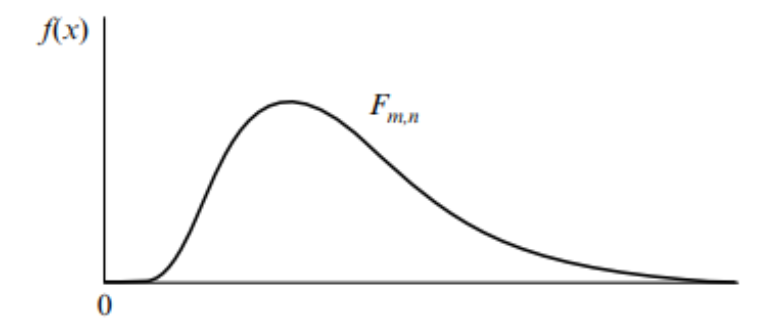Sampling distributions and difference in means
1/37
Earn XP
Description and Tags
Sampling distributions and difference in means
Name | Mastery | Learn | Test | Matching | Spaced |
|---|
No study sessions yet.
38 Terms
Sampling Distributions
is the probability distribution of a statistic (e.g., mean, proportion) from multiple samples.
Probability
is a measure of the certainty associated with a future event or occurrence and is usually expressed as a number between 0 and 1 (or between 0 % and 100 %).
How to measure probability?
P (A) = Number of favourable cases/ Number of possible cases
P (A) = Number of times A occur/ Number of times A can occur
Example of probability measurement
Coin toss (A).
P (A) = 1/2 = 0,5
Characteristics of normal distribution of mean and variance
Being bell-shaped, mesocturtic.
Being symmetric
Coincide mean, median and mode = central tendencies
Having 95% of the indicators within the interval mean +- 2 standard deviations.
Central Limit Theorem (CLT)
The distribution of the sample mean approaches a normal distribution as sample size increases (n ≥ 30).
Mean of sampling distribution = population mean (µ).
Standard deviation of sampling distribution = standard error (SE).
Estimator
Is a function of the values in the sample.
Estimators can be calculated with the sample
Parameter
population
Normal distribution is indicated for data
follow a continuous scale: weight, height, age, cholesterol, blood pressure, uric acid
It has the advantage that under certain conditions
Law of large numbers
states that as a sample size increases, the sample mean (x-bar) gets closer to the population mean (µ)
There are two types of Law of Large Numbers
Weak Law
Strong law
Weak law
Sample mean converges in probability to the population mean.
Strong law
Sample mean converges almost surely to the population mean.
Implications of Law of Large Numbers
Larger samples provide more accurate estimates of population parameters.

Standard Error (SE) formula for mean
= Population standard deviation
= Sample size
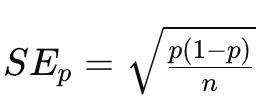
Standard Error (SE) Formula for proportion
p = Population proportion
Confidence Intervals (CI)
gives a range of values where a population parameter likely falls.

Formula for CI of the Mean


Formula for CI of Proportions
Hypothesis Testing for Means
State null (H₀) and alternative (H₁) hypotheses.
Select significance level (∂., usually 0.05).
Calculate test statistic (z or t-score).
Compare with critical value OR find p-value.
Decide: Reject H₀ if test statistic > critical value OR p-value <∂. (alfa)

t-Test Formula for Mean Comparison

Comparing Two Means
Used to compare means from two independent or paired samples.

ANOVA (Analysis of Variance)
Used to compare more than two means

Assumptions for t-Tests & ANOVA
Normality – Data should be normally distributed.
Independence – Samples should be independent.
Homogeneity of Variance – Variances should be equal across groups (check with Levene’s test).
Concepts & formulas
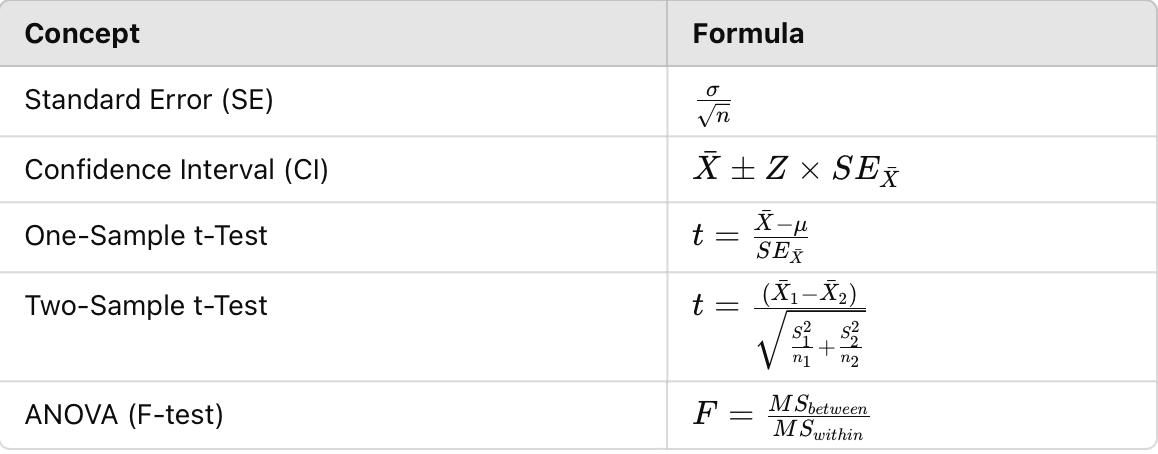
PROBABILITY - normal distribution
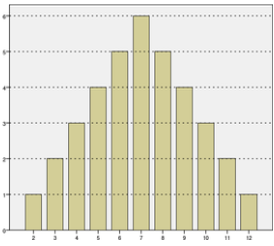
DESCRIPTIVE STATISTICS
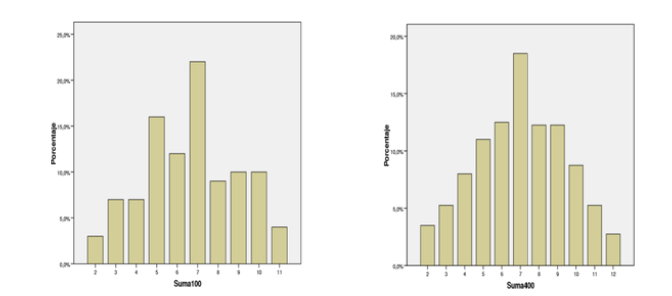
Central Limit Theorem
states that sample distributions approach the normal distribution as the sample size increases.
This means that very small sample sizes can cause problems in approximating a normal distribution.
If X is a random variable of any distribution, with a large sample size (n > 30), it follows approximately a normal distribution.
This property is valid whatever the random variable
Analysis of normality
Parametric
Non-parametric
Parametric
A variable is considered parametric if it follows a normal distribution
Non-parametric
a variable which does not follow a normal distribution
This is especially important when defining the statistics in statistics.
Inferential
Shapiro-Wilk
If p > 0.05 it means that the distribution is normal, which means that it is considers a parametric variable
Example of Shapiro-Wilk

Distribution of averages
Set of "averages" of samples of a given size that have been drawn from a population.
It is the distribution (data set) of reference when we do a hypothesis test on a sample or more than one person.
Distribution model (normal distribution) Student's t-distribution
Symmetric with respect to the value 0, where the indices of central tendency coincide (unimodal).
Can take positive and negative values
Asymptotic about the abscissa axis
There is a whole family of T-distributions depending on their degrees of freedom (l.g.).
As the l.g. increases, the dis
parametric test to analyse it
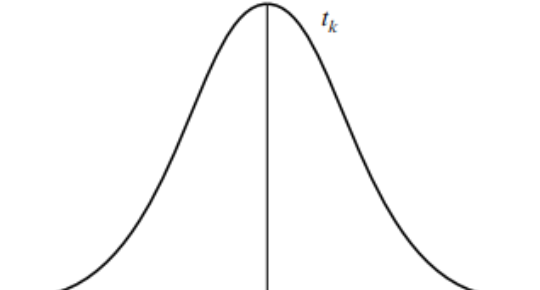
Pearson's x2 distribution
Cannot take negative values
Positive asymmetric
There is a whole family of distributions depending on their degrees of freedom (l.g.).
Right-hand asymptotic only
As the l.g. increases, the distribution becomes closer to normal.
Non-parametric distribution
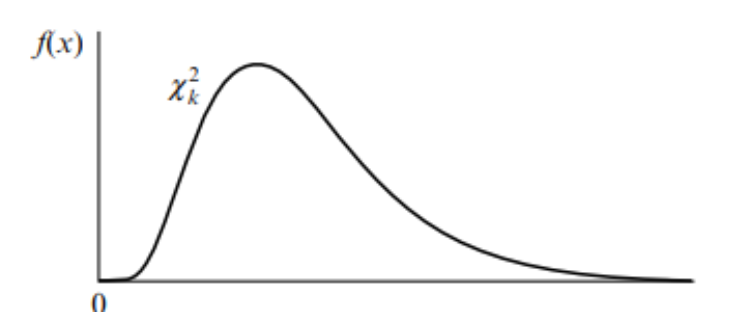
Snedecor F distribution
Cannot take negative values
Positive asymmetric
There is a whole family of distributions depending on their degrees of freedom (l.g.) in numerator and denominator.
Right-hand asymptotic only
As the l.g. of numerator and denominator increase, the distribution becomes closer to normal.
Non-parametric distribution
